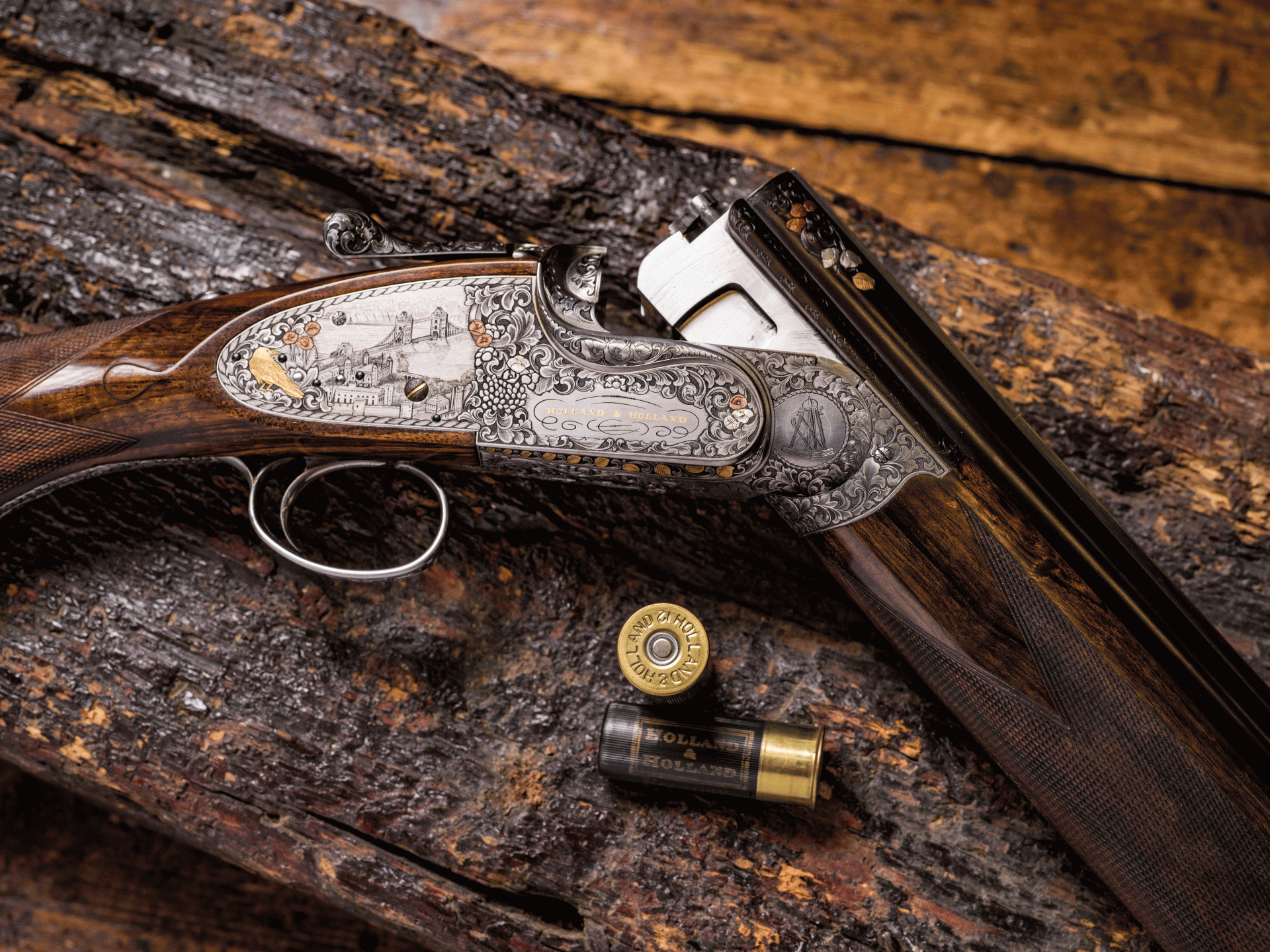Reflecting “a commitment to the highest standards of service, quality, excellence and craftsmanship,” the Royal Warrant is one of the highest endorsements a business can boast. Today, there are some 800 Royal Warrant holders, across myriad trades and industries. We asked seven of them to share their stories on what it takes to be a Royal Warrant holder…
In a modern world of celebrity and influencer endorsements, there is arguably one that still trumps all others: the Royal Warrant. The granting of an English monarch’s royal seal of approval dates back to 1155 – when King Henry II granted the Weavers’ Company (makers of clothes and castle hangings) a Royal Charter. The endorsement was formalised by 1476, when Edward IV granted a Royal Warrant to printer, William Caxton; and subsequent monarchs have continued to award Warrants to their favoured suppliers.
Everything from crowns to cutlery have appeared on the sovereigns’ shopping lists over the centuries, but some of the orders have changed over time. Unlike Henry VIII, the present King doesn’t have a supplier of “Swannes and Cranes, price the piece two shillings,” nor we imagine does he give his Purveyor of Fish “£10 a year for ‘entertainment’ plus £22.11s.8d. for losses and necessaries,” as did Elizabeth I. These are perhaps not the strangest of bestowments though, as the 18th century even saw Warrants issued to royal rat-catchers, mole-takers and bug-takers.
In 1840, the creation of the Royal Warrant Holders Association cemented the continued existence of the Royal Warrant as a cherished institution. Under Queen Victoria, nearly 2,000 Royal Warrants were distributed during her 63-year reign, more than double the number today, including Twinings tea merchants and royal grocer Fortnum & Mason, who still hold the seal of approval today. Other companies have had the privilege of displaying the legend for even longer, such as Firmin, the button and insignia maker, and wine merchants Berry Bros & Rudd, who both began supplying the Royal Households during the reign of George III. Now, Warrants are fixed for shorter periods of up to five years, and rigorously reviewed the year before expiration, making for greater churn.
Earning such a prestigious position is far from easy. There are around 800 Warrant-holding businesses today, and about five million companies on the total register in the UK, meaning only approximately 0.016 per cent have a Royal Warrant (give or take the small number outside of the UK that also possess one). Businesses must have supplied goods or non-professional services – none of which are provided for free – to the Royal Household for at least five consecutive years, and have suitable sustainability policies and practices before applying, a process that takes approximately nine months. Once this is approved, they receive the right to display the appropriate Royal Arms on their products, packaging, stationery, advertising, premises and vehicles.
The Monarch decides who may grant Warrants, and previous grantors have included the late Queen, Prince Philip and the former Prince of Wales (now King Charles), who, at the moment, is the only grantor. The passing of the late Queen means any Warrants that Her Majesty granted become void, and companies have two years to stop using the Royal Arms, though the current review of Royal Warrants could also see His Majesty choose to keep many of Queen Elizabeth II’s Warrant choices. Though Warrant holders represent a huge cross-section of trade and industry, they all share an unrivalled quality, authenticity, and, in many cases, sense of Britishness, not to mention the art of discretion.









